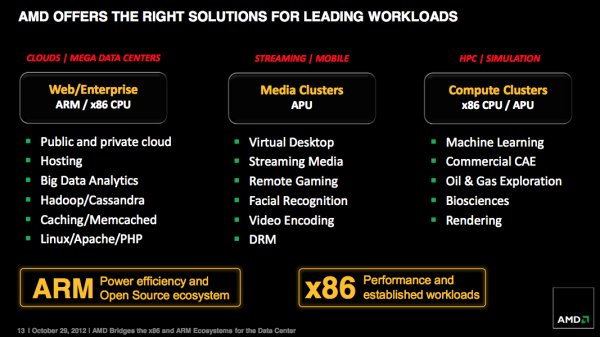~500mb should be enough... right? IF the "refresh" is new and has that 16gb flash built in, it should be able to work a lot better, correct? Obviously not extra ram, but still much faster than HDD caching.
These will no doubt be a part of PS4 / Xbox 8, but they need to deliver with PS3 and 360 to slow down any potential Wii U has.
It may be enough for a regular service, but doubt it will be amazing amongst the very crowded announcements these fall. If they can also deliver an augmented service via server side services (with other Sony and Playstation Certified devices), then it'd be more interesting.
Remember Apple still has a rumored second announcement this fall, and MS and Samsung haven't really showed their cards yet. And don't know what Google is prepping as we speak.
It's for the mindshare and utility in the living room.
The default Sony mode is probably the "Battleship mode", which is to tank the hits, and cruise until they have something. ^_^
EDIT:
As for using PS3 and Xbox 360 to stop WiiU, I think for Sony, PS3 has always been that "Does Everything" device, regardless of whether WiiU exists or not. As mentioned above, the question is how tenacious is Sony ? With PS3's limited memory, can they deal with the modern technologies like WebKit 2 (which can be a memory hog in heavy use).



